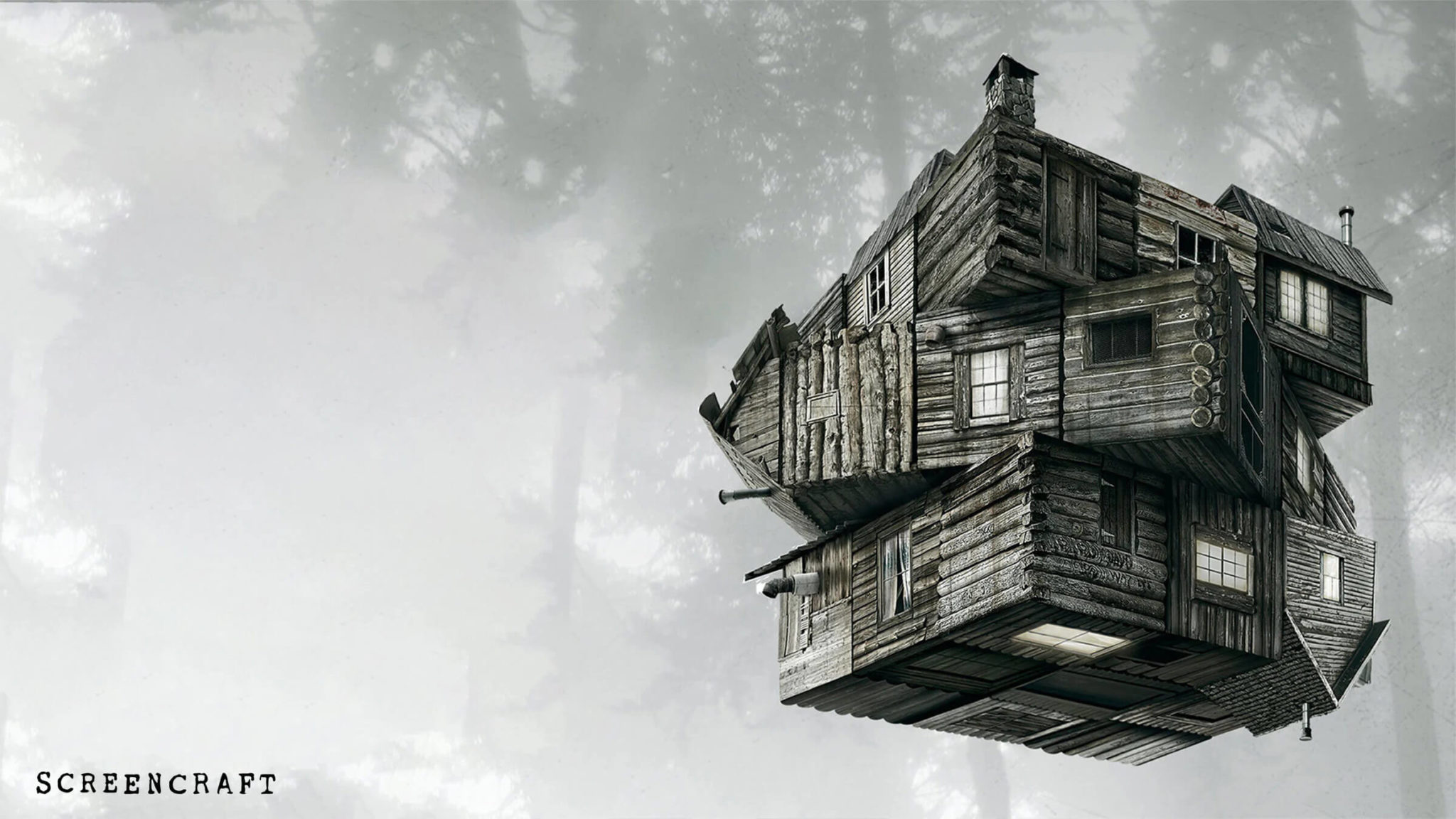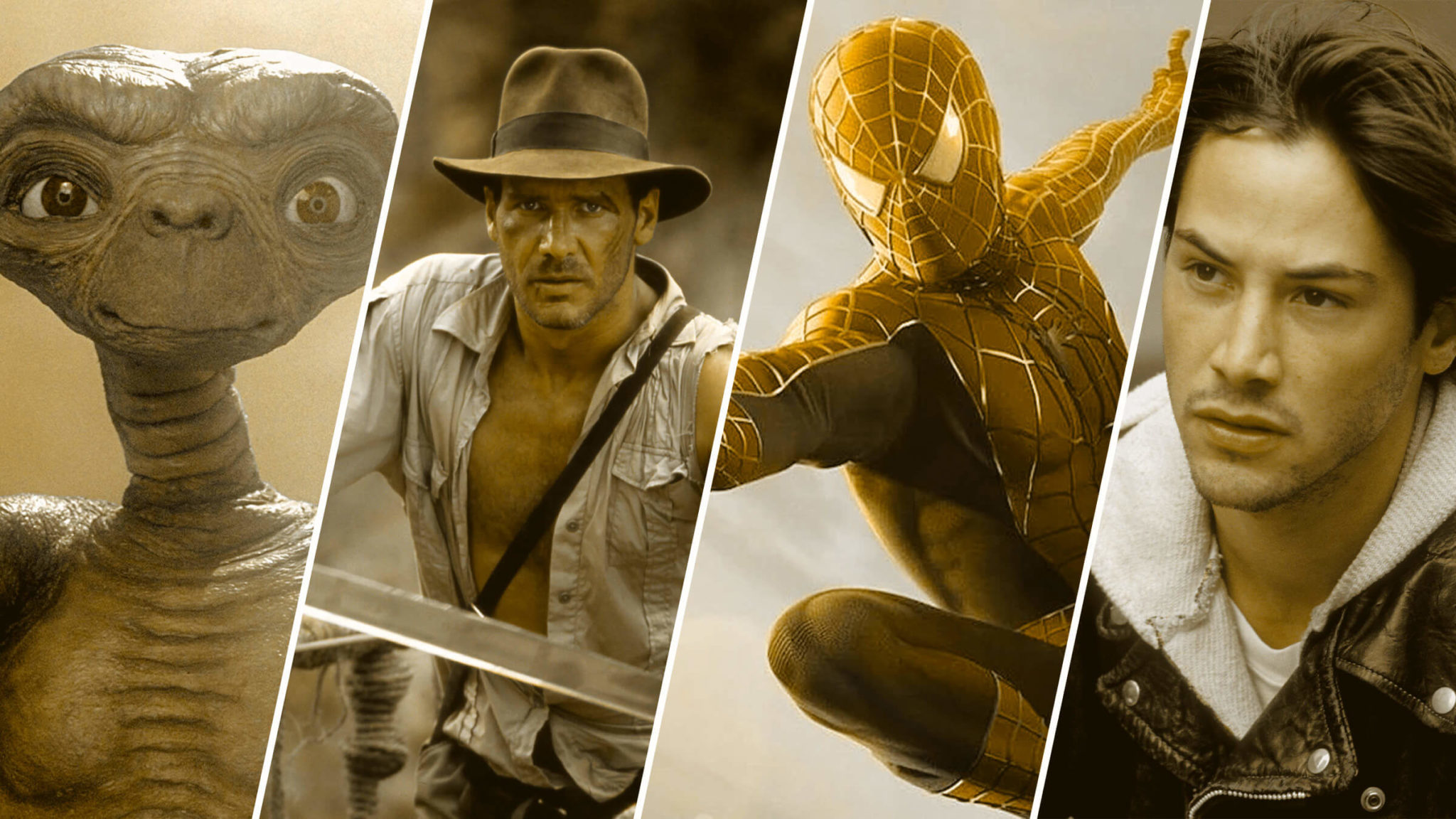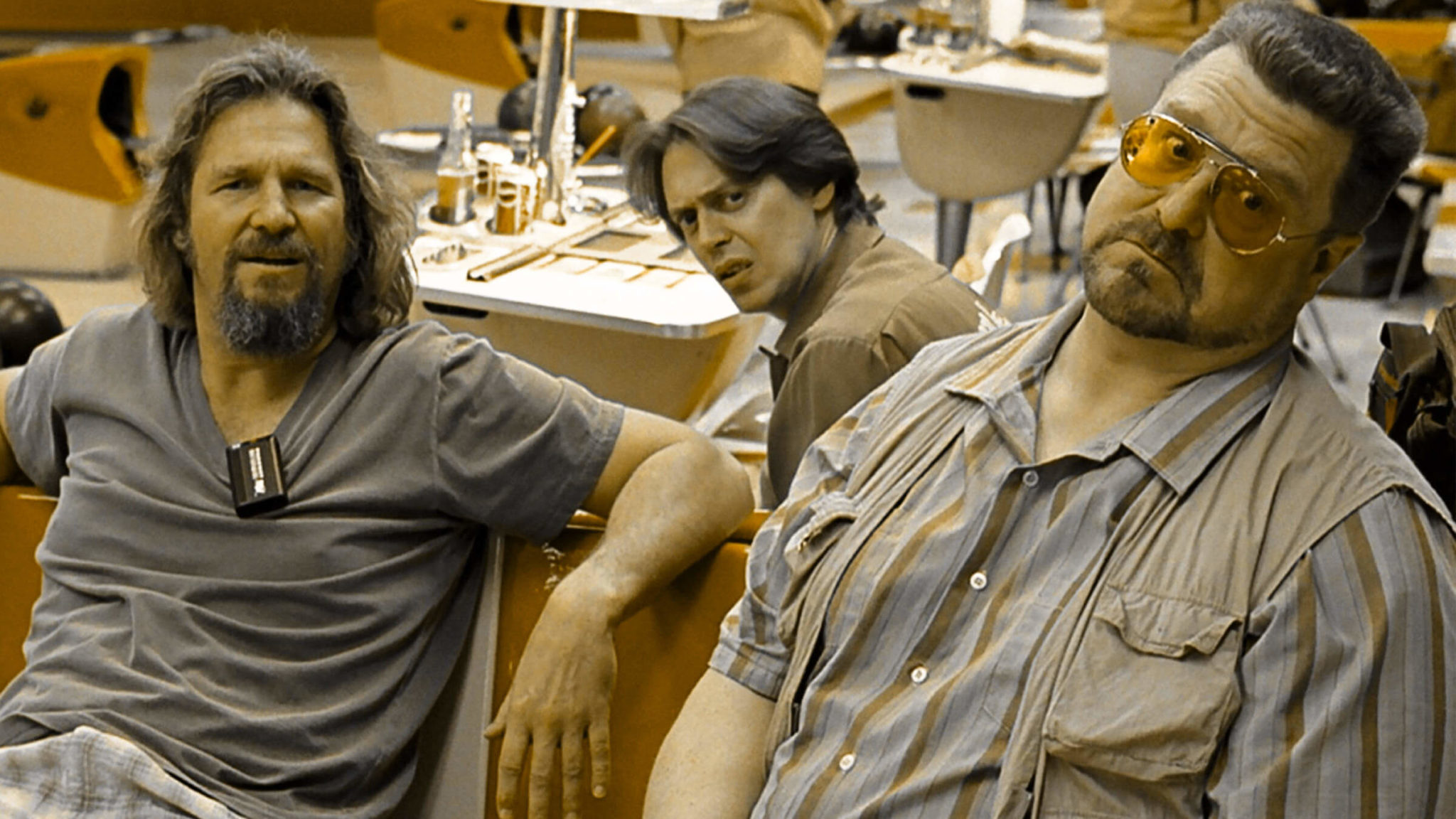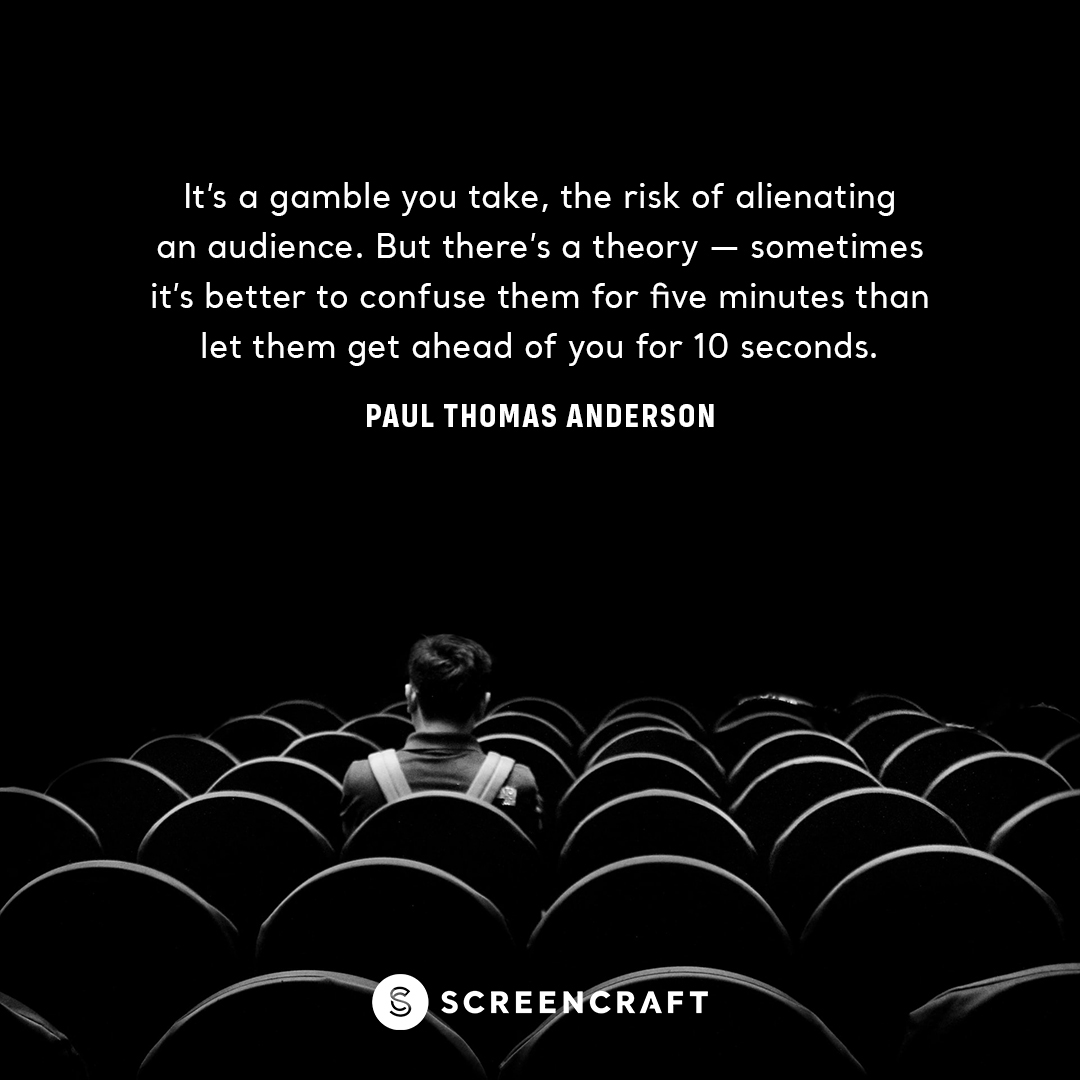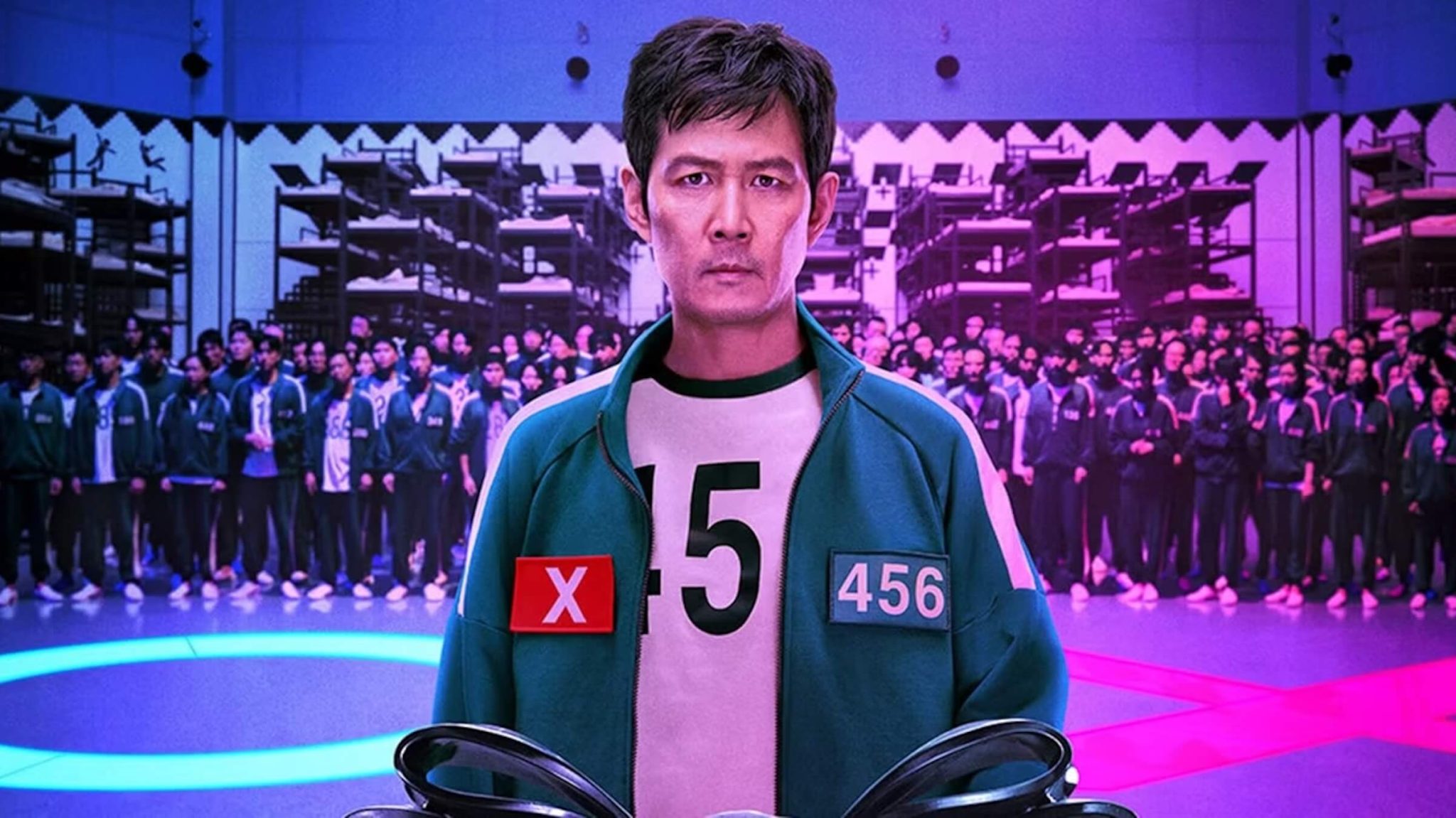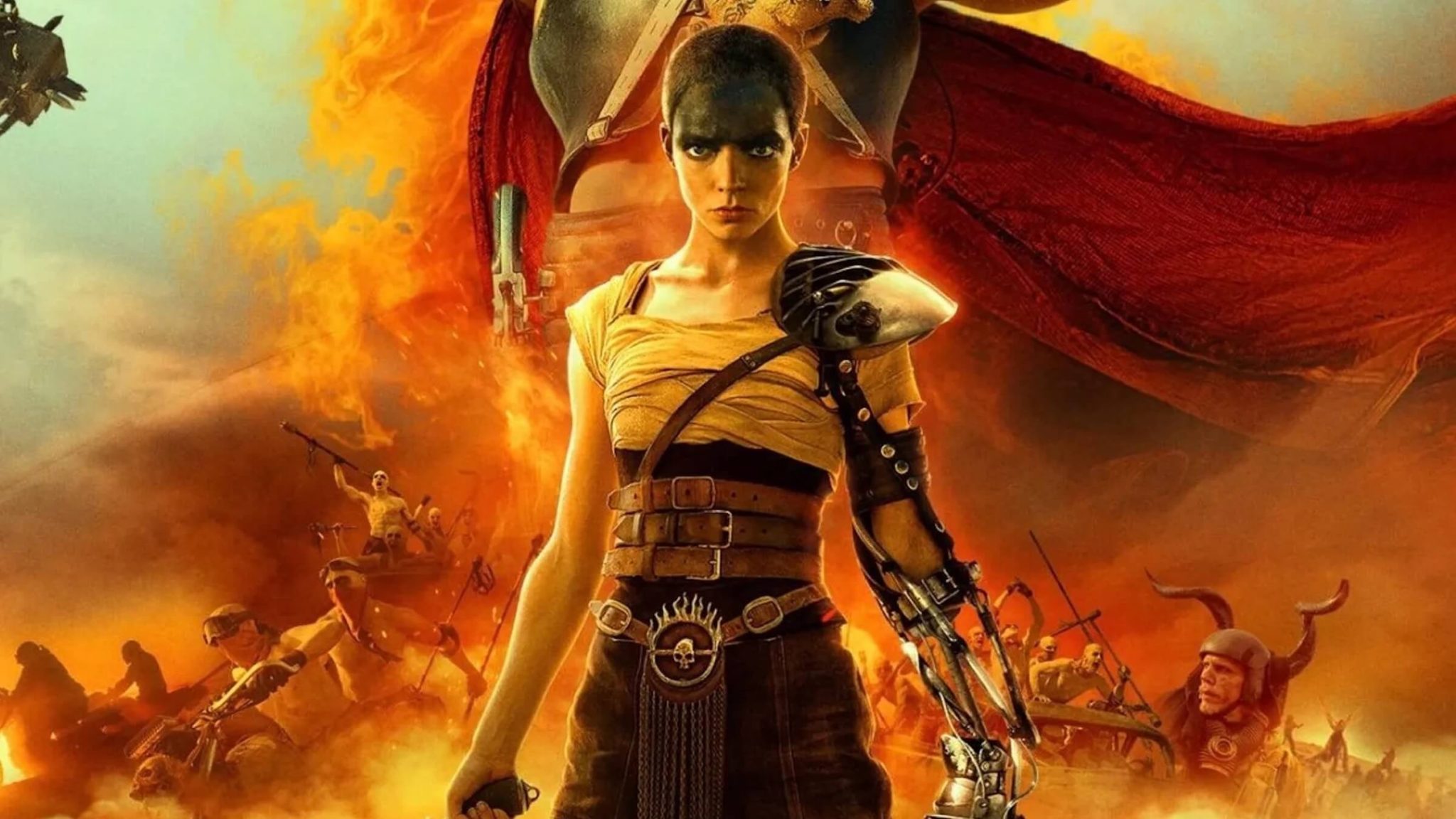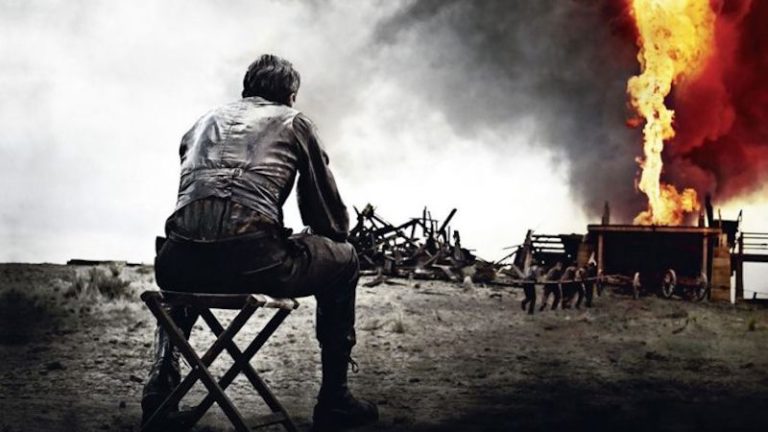
Should screenwriters pay special attention to their character description when they introduce characters?
Character description is one of the most underrated and forgotten aspects of screenwriting, even though it's one of the most vital visual moments within a screenplay.
How you describe a character you're introducing within your cinematic story is the first visual that is embedded into the imagination of the reader. It's the first imprint attributed to whatever character you are introducing.
And when we're talking about character description, we're not stipulating that you need to offer creative description with every secondary character that populates your script. We're primarily discussing lead protagonists, antagonists, and supporting characters.
The waiter, the bus driver, the pedestrian, or any other single or no line character doesn't need to have an impressionable line of scene description, no.
But when it comes to those main characters within your story, you need to remember how to describe those characters with lasting effect.
Learn how to master the art of the rewrite with this free guide.
Here are five simple things to remember when you tackle that line of character description while introducing main characters within your screenplay.
1. Don't Offer Mundane Physical Attributes
Mundane is defined as lacking interest or excitement; dull.
There's nothing worse than scene description that reads like a driver's license — 43-years-old, bald, brown eyes, with an average build wearing a white shirt, jeans, and shoes.
What does that tell us about this character? Nothing. There's no characterization within this visual. There's no intriguing or memorable element that will imprint on the reader's brain.
Give us visuals that tell us something about this character.
Those mundane details may be accurate to what you envision within your mind, but they don't offer any vivid imagery for the reader.
Find one specific mannerism, characterized trait, or item of clothing that best describes what we need to know about this character and the first impression they make.
Maybe their socks don't match, their clothes aren't the right size, their eyes are shifty, their beard is messy, their hair is unkempt, their face has a scar, their arm has a specific tattoo, etc. Whatever the attribute may be, don't let it be mundane.
2. Don't Rely on Adjectives
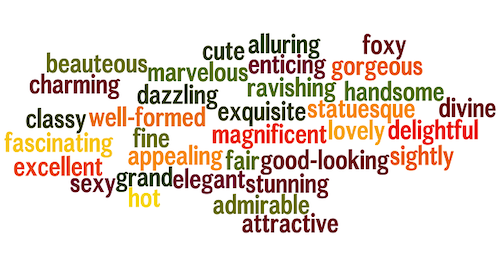
Adjectives can be used, but shouldn't be relied upon.
Beautiful features and dangerous eyes are good descriptions, but once you begin to overuse adjectives for your character descriptions, they become clichéd and equally mundane.
You can make an even more significant impact by going a little deeper.
She's beautiful, both inside and out. This type of character description denotes a physical trait but also uses what some may initially think is unfilmable, but is actually a trait that can be physically manifested through the way she carries herself and interacts with others.
He has dangerous eyes but hides them with a smile. It's an intriguing line of character description because it creates a sense of mystery. If his eyes are dangerous, why is he hiding that trait with a smile?
Little tweaks like this to your character description's adjectives can offer more information for the reader — and if you're creative enough, you can imprint that visual even more by teasing the reader's anticipation of what this character is going to be like. You can foreshadow or misdirect. But either way, you can make a quick, memorable impression.
3. Use Physical Imperfections and Perfections
An easy way to make an impact is to point out specific flaws in a character's physical appearance.
Sometimes it's difficult for a reader to tell characters apart within their imagination, primarily because the writer didn't do a good enough job in the character description.
There are genuinely a dozen or so facial or body types in humans. But we all stand apart because of our various perfections and imperfections. Scars, moles, wrinkles, gray hairs, chipped teeth, overbites, posture, and any other perfections or imperfections can imprint a character visual.
But they have to be partial to the story or the characterization, otherwise, you're just making it more difficult for the casting director — for no good reason.
A weathered face can denote a hard life.
A scar can be intriguing because there's a tale to be told about where that scar came from.
A weak posture can point to a lack of confidence.
And perfections can imprint well too.
Perfect hair can denote a privileged life.
Flawless skin can make you wonder why it's so flawless.
Back straight and chest always out can point to someone that is overly confident.
A single physical imperfection or perfection can say so much more about a character than their eye color, body type, weight, and a dozen other mundane physical attributes.
4. Location, Location, Location
Sometimes physical descriptions aren't necessary. The places the characters inhabit can say a lot about their character.
If a scene opens with a protagonist laying on the ground within the aftermath of a battle, we know enough about them to start. They've just been through hell because war is hell.
If a script opens with a character in the back of a police car, we immediately know that something they've either done something wrong or they've put themselves in a questionable position.
If you show a character within a place that they are distinctly uncomfortable with, that will inform the reader as the story moves forward.
It could be a house filled with family members that make the character uncomfortable.
Or, on the flip side, you could have a character within a dangerous or remote location and showcase their strength and toughness by showing them comfortably within that environment.
Whatever the case may be, the location that you put the character within can describe that character ever more than a physical attribute, perfection, or imperfection.
5. Actions Speak Louder Than Words
In film, actions and reactions define characters. It's a visual medium. Screenwriters don't have the luxury of using words to define characters. Yes, they can certainly use words to describe characters to a reader, but if you really want to make an imprint on the reader's mind, your character's actions will speak louder than any descriptive words you can conjure.
If you open with a character killing somebody, you've made an immediate impression on the reader. Now they're invested in learning whether that killing was justified or not.
If you open with a character pointing a gun to their head, tears running down their face, you're telling us that this character is in such a bad place that they're contemplating suicide.
Actions are the best character descriptions in screenplays.
Remember all five of these elements to writing unforgettable character description.
Mundane physical attributes have nothing to do with great character description. And in the end, the casting director will decide anyway.
Don't rely on adjectives alone to describe. Be creative and find ways to go a little deeper with them.
Utilize standout imperfections and perfections to make an impact with the reader.
Remember that the location your character is in when we first meet them can often define who they are or are not.
And finally, don't forget that actions always speak louder than words when it comes to outstanding character description.
Read ScreenCraft's Screenwriting Basics: The Keys to Writing Correct Scene Headings!
Ken Miyamoto has worked in the film industry for nearly two decades, most notably as a studio liaison for Sony Studios and then as a script reader and story analyst for Sony Pictures.
He has many studio meetings under his belt as a produced screenwriter, meeting with the likes of Sony, Dreamworks, Universal, Disney, Warner Brothers, as well as many production and management companies. He has had a previous development deal with Lionsgate, as well as multiple writing assignments, including the produced miniseries Blackout, starring Anne Heche, Sean Patrick Flanery, Billy Zane, James Brolin, Haylie Duff, Brian Bloom, Eric La Salle, and Bruce Boxleitner. Follow Ken on Twitter @KenMovies
For all the latest ScreenCraft news and updates, follow us on Twitter, Facebook, and Instagram.
Tags
Get Our Screenwriting Newsletter!
Get weekly writing inspiration delivered to your inbox - including industry news, popular articles, and more!






